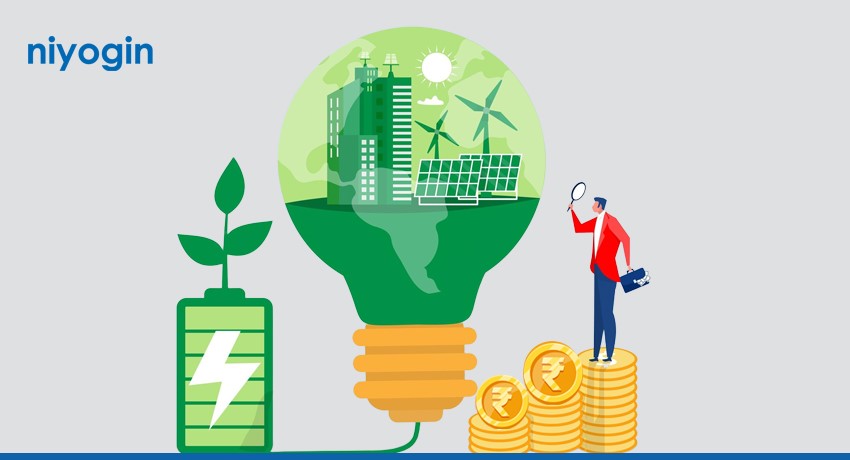India, blessed with abundant sunshine, has emerged as a global leader in solar power deployment.
However, financing remains a major hurdle for many businesses and individuals looking to adopt this clean energy source.
While bank loans are a common option, high interest rates and strict eligibility criteria often limit their accessibility.
Solar’s Financial Roadblock
The high upfront investment required for solar panel installation is often out of reach for many individuals and companies.
While traditional bank loans are a common financing option, they come with high interest rates, increasing overall costs and making projects less attractive.
Additionally, banks have stringent eligibility criteria, requiring significant collateral and a strong financial record, which many small businesses and homeowners cannot meet.
The long approval process also delays projects, hindering India’s widespread adoption of solar power.
Fintech Solutions: Revolutionizing Solar Financing
Fintech companies are leveraging technology to create innovative solar financing solutions, addressing the challenges posed by traditional lending practices. Here’s how:
1. Streamlined Loan Applications
Fintech companies make borrowing easier by offering simple, online loan applications that cut down on paperwork, unlike traditional bank loans which long forms and in-person visits can bog down.
With the help of automated systems and data analytics, fintechs speed up loan approvals, making the process much faster than traditional banks’ more time-consuming procedures.
2. Data-Driven Credit Scoring
Fintech companies use alternative data, such as payment history and energy consumption patterns, to evaluate creditworthiness, which opens up solar financing to individuals and businesses with limited credit histories that traditional banks might overlook.
With advanced algorithms and machine learning, these companies can assess risk more accurately, resulting in better loan terms and lower default rates.
3. Pay-As-You-Go (PAYG) Models
Pay-as-you-go (PAYG) solar models are revolutionizing access to clean energy, particularly for low-income households and communities.
By allowing customers to pay for solar power in small, manageable installments, PAYG eliminates the significant barrier of large upfront investments.
Furthermore, the integration of these systems with mobile payment platforms, especially prevalent in India with its high mobile penetration, facilitates easy and convenient transactions, further democratizing access to solar energy.
4. Securitization and Crowdfunding
Fintech companies are exploring innovative financing mechanisms like securitization and crowdfunding to tap into new sources of capital for solar projects.
This can help lower the cost of financing and increase the availability of funds.
The Road Ahead
To fully realize India’s solar energy potential, fostering the development and adoption of innovative financing solutions is crucial.
This requires a multi-pronged approach, including strong government support through tax incentives, subsidies, and credit guarantees for emerging solar financing models.
A clear and supportive regulatory framework, particularly for green bonds and related fintech solutions, is also essential to attract increased investment in the sector.
Furthermore, raising public awareness about the advantages of these innovative financing options, coupled with sharing success stories, will educate potential users and encourage broader adoption.
Finally, fostering collaboration between banks, financial institutions, fintech companies, and solar developers is key.
Such partnerships will drive the creation of more accessible and user-friendly financing solutions over time.
By implementing these strategies and cultivating a supportive environment, India can unlock unprecedented growth in solar power, paving the way for a cleaner, more sustainable future while simultaneously generating new business opportunities and stimulating economic growth.
